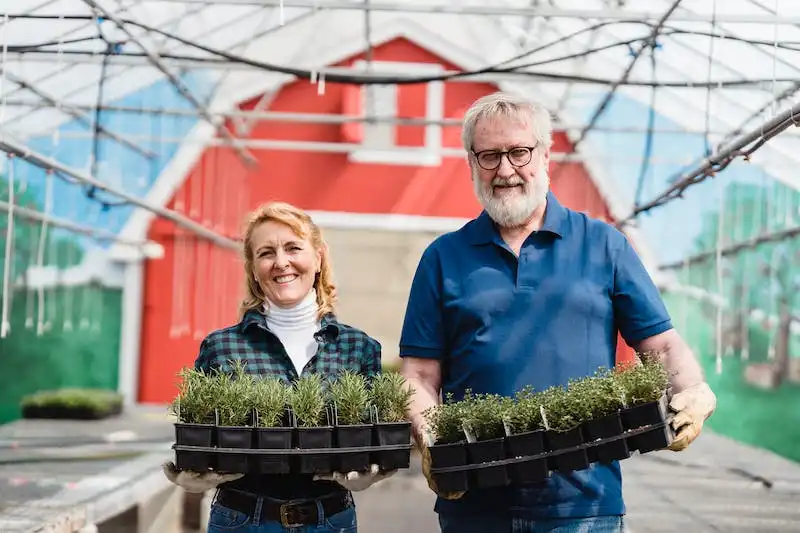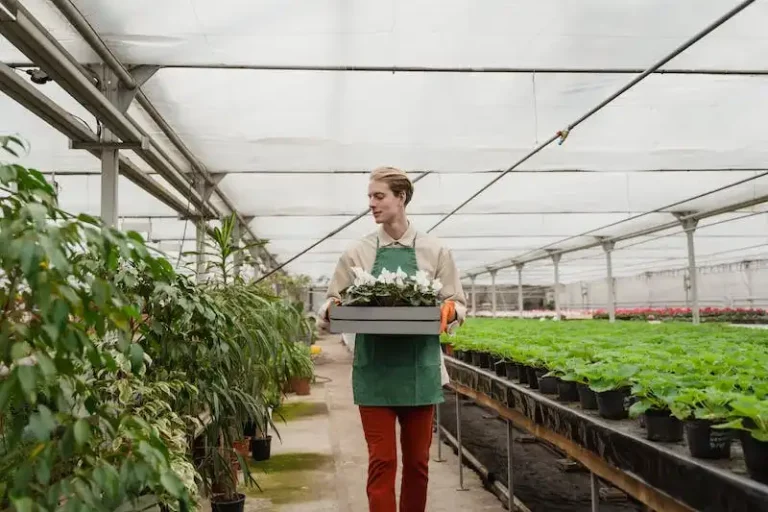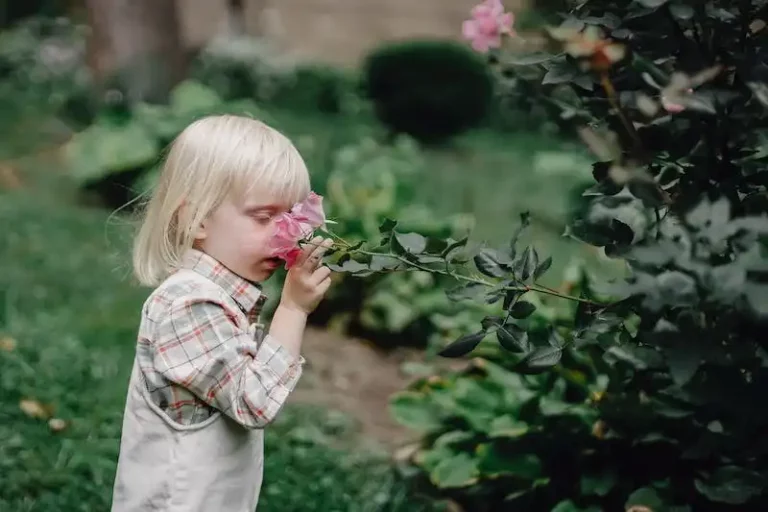Are you a plant lover who wants to learn how to rescue and revitalize a dying aloe plant? Transplanting a giant half-dead aloe plant can be a challenging but rewarding process. With the right steps and proper care, you can bring your aloe plant back to life and create a beautiful addition to your indoor or outdoor space.
First and foremost, you will need to gather the necessary materials for the transplanting process. These include a plastic pot with drainage holes, fresh potting soil, and some basic gardening tools. Once you have everything ready, you can proceed with the following steps.
The first step is to carefully remove the aloe plant from its current pot. Be sure to support the plant from the bottom and gently wiggle it out. If the plant is too heavy or stuck, you may use a plastic knife to loosen it. Once the plant is out, you can gently shake off any excess soil from the roots.
Next, it’s time to prepare the new pot. Make sure the pot has sufficient drainage holes to prevent waterlogging. You can also add a layer of rocks or recycled plastic at the bottom for better drainage. Fill the pot halfway with fresh potting soil, making a suitable space for the roots.
Then, carefully place the aloe plant into the new pot, making sure the roots are spread out and covered with soil. Once the plant is in the pot, you can add more soil around the sides and on top, making sure it is evenly distributed. Gently press the soil down to secure the plant.
After repotting, water the plant thoroughly to settle the soil and promote root growth. However, be careful not to overwater, as this can lead to root rot. A good rule of thumb is to wait until the top inch of soil feels dry before watering again. Remember, aloe plants are succulents that store water in their leaves, so they don’t require frequent waterings.
Finally, find a suitable spot for your newly transplanted aloe plant. Aloe plants thrive in warm and bright environments, so choose a location with indirect sunlight. You can also consider placing the plant near a window or using artificial lighting to provide the necessary light. Be sure to monitor the plant’s well-being, and make adjustments accordingly.
In conclusion, transplanting a giant half-dead aloe plant requires careful consideration and proper steps. By following the steps outlined above, you can give your aloe plant a new lease on life and enjoy its beauty once again. Remember to be patient, observe the plant’s needs, and provide the necessary care for its overall well-being. With time and dedication, you can witness the transformation of your once struggling aloe plant into a thriving and flourishing beauty.
Aloe Vera
Aloe vera is a beautiful and durable plant that is commonly known for its healing properties. The leaves of the aloe plant are thick and fleshy, filled with a gel-like substance that can be used to soothe sunburn and promote healing. Aloe vera can also be used in a variety of beauty and health products, making it a versatile plant to have in your home.
If you have a giant half-dead aloe plant, it may be time to consider transplanting it to a new pot. Transplanting an aloe plant is a relatively simple process, but it does require a few basic steps to ensure the plant’s well-being.
- Start by selecting a new pot for your aloe plant. The pot should have good drainage to prevent the roots from sitting in water. Add a layer of rocks or pebbles to the bottom of the pot to help with drainage.
- Scoop out the aloe plant from its current pot, making sure to leave the roots intact. If the roots are too tightly bound, you can gently loosen them with your fingers.
- Trim off any dead or yellow leaves from the aloe plant, as these will only sap energy from the plant. However, if the leaves are still green and healthy, you can leave them on.
- Place the aloe plant into the new pot, making sure that it is centered. Fill in any gaps with a mixture of potting soil and aloe vera plant food, if desired.
- Water the aloe plant thoroughly, until the water starts to drain out of the bottom of the pot. This will help to settle the soil and ensure that the roots receive enough moisture.
- Place the aloe plant in a sunny window, as aloe vera plants thrive in bright, indirect sunlight. If you live in a hot climate, you may want to place the plant in a location that provides some shade during the hottest times of the day.
- Continue to water the aloe plant regularly, allowing the soil to dry out slightly between waterings. Overwatering can lead to root rot, so it’s important to find the right balance.
By following these steps, you can transplant your giant half-dead aloe plant and give it a new lease on life. The aloe vera plant is known for its resilience, and with proper care, it should thrive in its new environment.
Aloe Vera Plant Care: How to Take Care of Aloe Vera
Aloe vera plants are known for their many health and beauty benefits. They are easy to care for and can thrive in various climates. Here are some essential tips to help you take care of your aloe vera plant:
- Placement: Place your aloe vera plant in a sunny spot, preferably near a window that receives plenty of natural light. Aloe vera plants love warmth and bright lighting.
- Watering: Aloe vera plants do not require frequent watering. Instead, water the plant deeply but infrequently. Allow the soil to dry out completely between watering sessions, as over-watering can cause root rot.
- Soil: Use well-draining cactus or succulent soil mix when planting or repotting your aloe vera. A soil mix specifically designed for these types of plants will help with proper drainage and prevent waterlogged roots.
- Roots: Aloe vera plants have shallow roots, so choose a wider planter rather than a deeper one when repotting. This will provide enough space for the roots to spread out.
- Fertilizing: Aloe vera plants do not require frequent fertilizing. Feed them a balanced succulent fertilizer every couple of months during the growing season to promote healthy growth.
- Pruning: Pruning is usually not necessary for aloe vera plants. However, if you notice any dead or damaged leaves, you can remove them at the base of the plant with a clean, sharp knife or scissors.
- Pests: Aloe vera plants are generally resistant to pests. However, they may occasionally attract mealybugs or aphids. If you notice any signs of infestation, use a mild soapy solution or neem oil spray to eliminate the pests.
- Propagation: Aloe vera can be easily propagated by using stem cuttings or by separating the offsets (pups) that grow from the base of the plant. Simply remove them and plant them in a separate pot with well-draining soil.
By following these simple steps, you can ensure the health and well-being of your aloe vera plant. Keeping the plant in a warm and well-lit location, providing proper watering and soil conditions, and occasional fertilizing will help your aloe vera plant thrive and bloom.
For more gardening tips and answers to common plant care questions, subscribe to the UF/IFAS Gardening Solutions RSS feed or check out the UF/IFAS Gardening Solutions website.
Sign up for daily gardening advice and tips
If you’re interested in learning more about gardening and want to improve your skills, sign up for our daily newsletter. We’ll send you expert advice, helpful tips, and step-by-step instructions to help you become a better gardener.
Whether you have a big garden or just a few plants, our newsletter will provide you with the information you need to keep your plants healthy and thriving. From planting techniques to watering solutions, we cover it all.
By subscribing, you’ll gain access to a wide range of topics, including how to transplant a giant half-dead aloe plant like the one you’re learning about here. We’ll also discuss basic remedies for common plant problems, such as dealing with pests or diseases.
In addition to our daily tips, we’ll answer frequently asked questions from our subscribers. You can now take advantage of our extensive knowledge and experience to solve any gardening issue you may encounter.
- Learn about different plant species and their specific needs
- Discover how to care for popular plants like the Aloe Vera
- Find out how to create your own garden oasis
- Get ideas for creative and attractive plant arrangements
- Stay informed about new gardening techniques and trends
Subscribe today to start receiving our daily gardening advice and tips. Transform your garden into a beautiful and thriving space with our help!
About Aloe Vera
Aloe vera is a plant that is native to the Arabian Peninsula but is now grown around the world. It is a succulent plant that belongs to the Liliaceae family. Aloe vera is known for its thick, fleshy leaves that contain a gel-like substance. This gel is often used in various health and beauty products due to its soothing and healing properties.
The aloe vera plant is relatively easy to care for and can be grown both indoors and outdoors. It requires bright, indirect sunlight and well-draining soil. Aloe vera plants are drought-tolerant and can survive in dry conditions, making them a popular choice for home gardens.
In addition to its use in skincare products, aloe vera gel can also be used as a natural remedy for a variety of ailments. It is known for its anti-inflammatory, antimicrobial, and antioxidant properties. Aloe vera gel can soothe sunburns, heal wounds, treat acne, and moisturize the skin. Consuming aloe vera juice can also promote digestive health and boost the immune system.
When it comes to transplanting a large aloe vera plant, there are a few steps to follow. First, you need to choose a pot that is one to two inches wider than the current pot. Make sure the pot has proper drainage holes to prevent waterlogging.
Next, remove the plant from its current pot by gently tipping it over and easing it out. If the plant is root-bound, you may need to carefully loosen the roots with your fingers.
Prepare a new pot by filling it with a well-draining soil mix. A mix of equal parts of garden soil, sand, and perlite or pumice is recommended. This will provide sufficient drainage for the aloe vera plant.
Place the aloe vera plant in the new pot, making sure it is centered and upright. Fill the empty spaces around the plant with the soil mix, gently pressing it down to secure the plant in place.
After planting, water the aloe vera plant thoroughly, allowing the water to drain out of the bottom of the pot. This will help settle the soil and remove any air pockets.
Once the plant is potted, place it in a bright location with indirect sunlight. Avoid placing it in direct sunlight, as this can cause the leaves to burn.
Continue to water the aloe vera plant regularly, allowing the soil to dry out between waterings. A general rule of thumb is to water the plant when the top inch of soil feels dry to the touch. Overwatering can lead to root rot and other issues, so it’s important to maintain proper watering practices.
In conclusion, aloe vera is a versatile plant with many uses and benefits. Whether you’re using it as a skincare remedy or growing it for its ornamental beauty, aloe vera is a plant that is worth adding to your collection.




